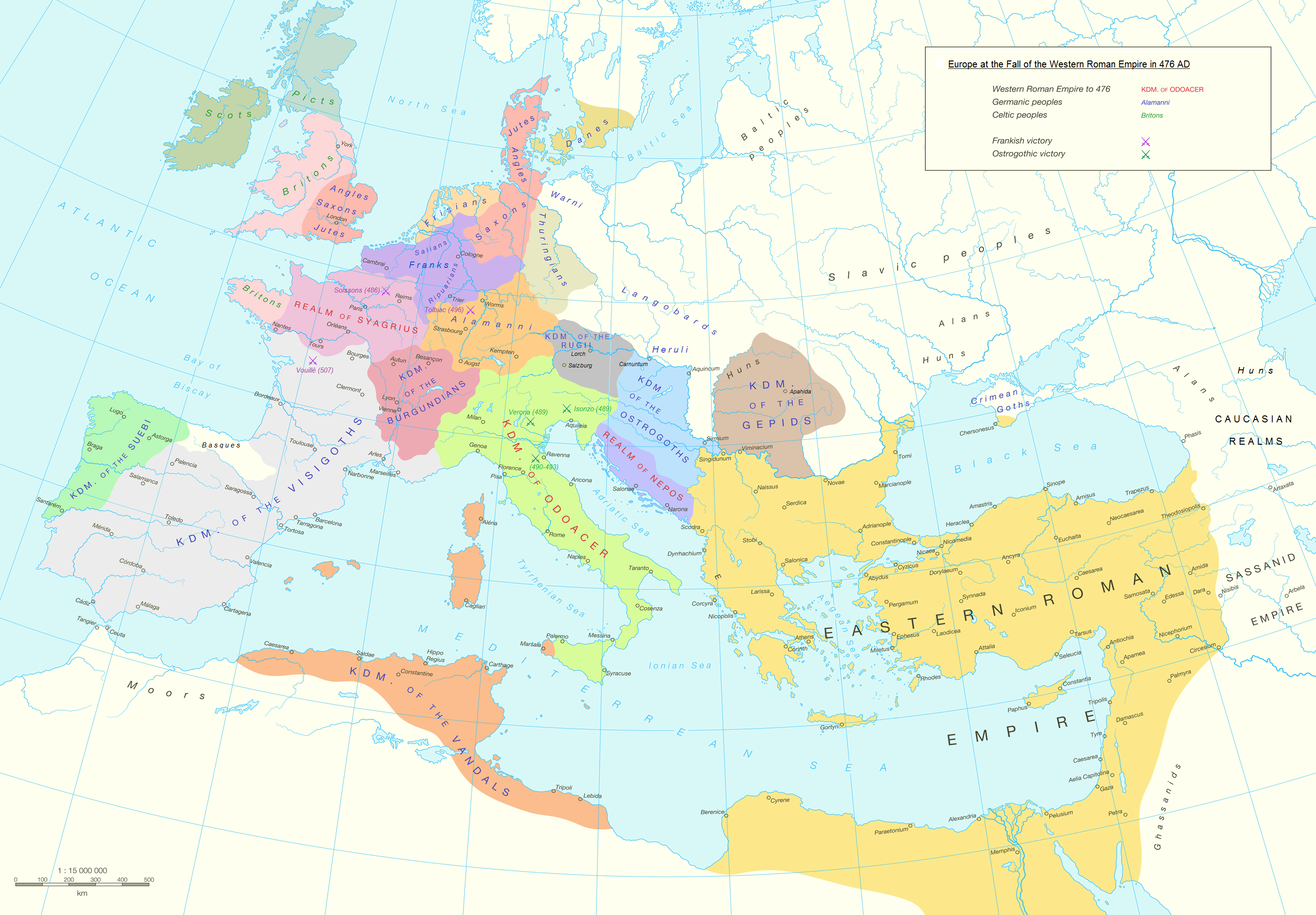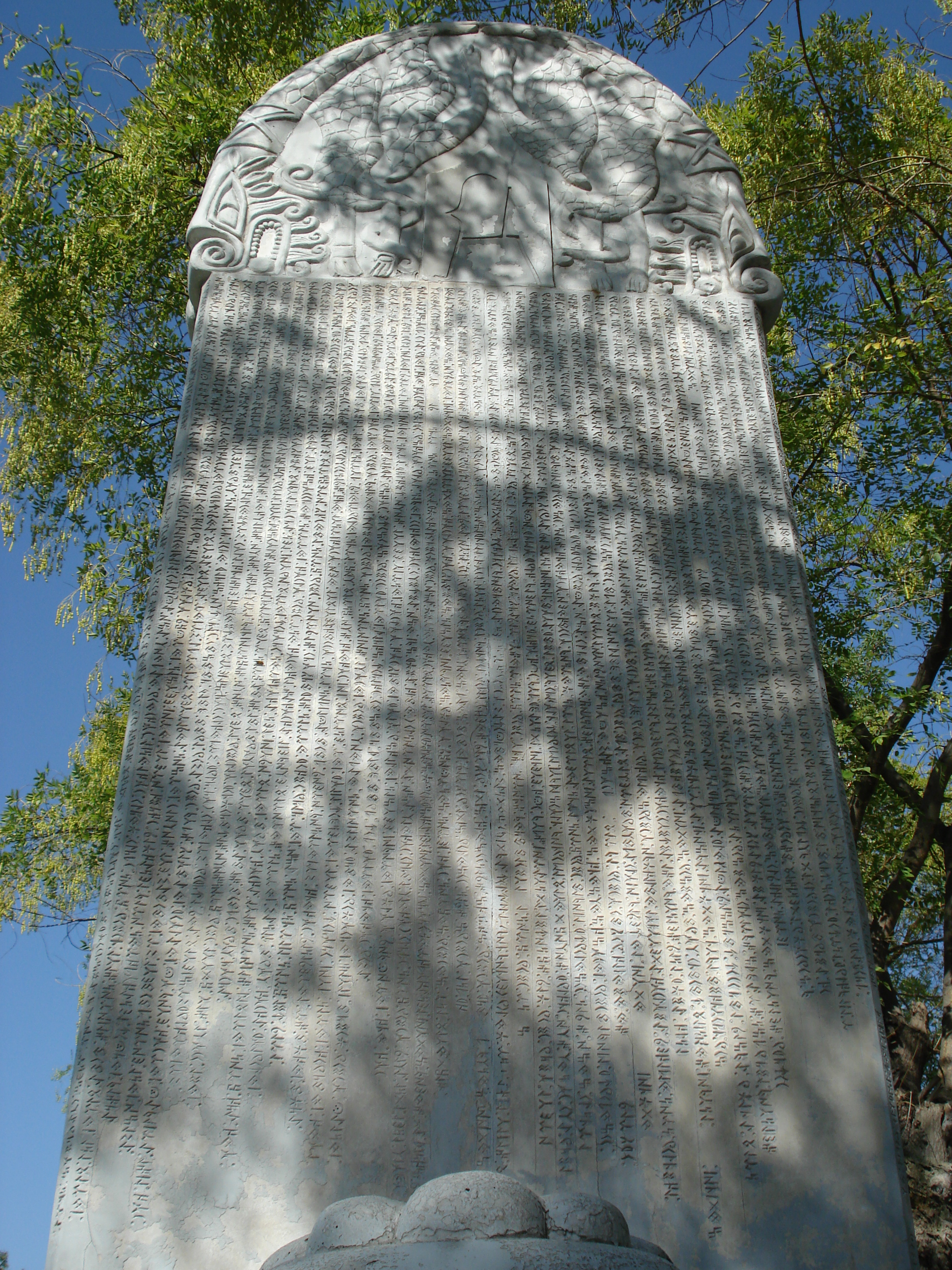|
Berezniki
russian: Березники , image_skyline=Berezniki City Administration.jpg , image_caption=Berezniki City Administration building , coordinates = , map_label_position=top , image_coa=Coat of Arms of Berezniki (Perm krai) (2018).gif , coa_caption= , image_flag=Flag of Berezniki (Perm krai).svg , flag_caption= , anthem= , anthem_ref= , holiday= , holiday_ref= , federal_subject=Perm Krai , federal_subject_ref= , adm_data_as_of=December 2011 , adm_city_jur= city of krai significance of Berezniki , adm_city_jur_ref= , adm_ctr_of=city of krai significance of Berezniki , adm_ctr_of_ref= , inhabloc_cat=City , inhabloc_cat_ref= , inhabloc_type= , inhabloc_type_ref= , mun_data_as_of=October 2009 , urban_okrug_jur=Berezniki Urban Okrug , urban_okrug_jur_ref= , mun_admctr_of=Berezniki Urban Okrug , mun_admctr_of_ref= , leader_title=Head , leader_title_ref= , leader_name=Konstanin Svetlakov , leader_name_ref= , representative_body=City Duma , representative_body_ref= , area_of_what= , area_a ... [...More Info...] [...Related Items...] OR: [Wikipedia] [Google] [Baidu] |
Perm Krai
Perm Krai (russian: Пе́рмский край, r=Permsky kray, p=ˈpʲɛrmskʲɪj ˈkraj, ''Permsky krai'', , ''Perem lador'') is a federal subject of Russia (a krai) that came into existence on December 1, 2005 as a result of the 2004 referendum on the merger of Perm Oblast and Komi-Permyak Autonomous Okrug. The city of Perm is the administrative center. The population of the krai was 2,635,276 according to the ( 2010 Census). Komi-Permyak Okrug retained its autonomous status within Perm Krai during the transitional period of 2006–2008. It also retained a budget separate from that of the krai, keeping all federal transfers. Starting in 2009, Komi-Permyak Okrug's budget became subject to the budgeting law of Perm Krai. The transitional period was implemented in part because Komi-Permyak Okrug relies heavily on federal subsidies, and an abrupt cut would have been detrimental to its economy. Geography Perm Krai is located in the east of the East European Plain and the ... [...More Info...] [...Related Items...] OR: [Wikipedia] [Google] [Baidu] |
Vasily Pavlovich Boryagin
Vasily Pavlovich Boryagin (russian: Василий Павлович Борягин, 1919–1998) was a prominent Russian fitter and production-rationalizer, Honored citizen of Berezniki, Hero of Socialist Labor. Vasily Pavlovich Boryagin was born in 1919 in Lenva, Perm Krai, Russian SFSR. He graduated a high school and in 1937 he took a job at Berezniki Chemical Integrated Plant as a fitter's apprentice. In 1939 he was conscripted to the Army and served in border troops at Russian Far East.''Борягин'' // Энциклопедия Пермской области. After demobilization in 1946 Boryagin returned to Berezniki and took a job at Soda Factory. He worked there until 1989 as a leader of repair fitters team. Boryagin made a number of rationalization proposal. In 1971 for assembling new machine ... [...More Info...] [...Related Items...] OR: [Wikipedia] [Google] [Baidu] |
Dmitry Rybolovlev
Dmitry Yevgenyevich Rybolovlev (russian: Дмитрий Евгеньевич Рыболовлев; ; born 22 November 1966) is a Russian oligarch, billionaire businessman, and investor. Rybolovlev became chairman of the Russian fertilizer producer Uralkali in 1995. In 2010, he sold his majority share of Uralkali to three Kremlin-linked oligarchs for $6.5 billion. As of 2021, Rybolovlev had a reported net worth of $6.7 billion, which ranked him 391st on ''Forbes''s list of billionaires. In 2011, he became the majority owner and President of Monaco's football club AS Monaco. He is one of the alleged victims of Swiss art transporter Yves Bouvier as part of The Bouvier Affair. Early life and career Dmitry Rybolovlev born in Russian family, in Perm. His parents worked at the department at the Perm State Medical University named after Academician E.A. He entered the business world in 1990 after graduating from the Perm Medical Institute. He worked as doctor before going into ... [...More Info...] [...Related Items...] OR: [Wikipedia] [Google] [Baidu] |
Uralkali
Uralkali ( rus, Уралка́лий, p=ʊrɐɫ'kalʲɪj) is a Russian potash fertilizer producer and exporter. It is traded on the Moscow Exchange using the symbol, URKA. The company’s assets consist of five mines and seven ore-treatment mills situated in the towns of Berezniki and Solikamsk (Perm Krai, Russian Federation). Uralkali employs about 12,000 people (in the main production unit). The company produces standard and granular potassium chloride (KCl), sodium chloride ( NaCl in the form of halite), and carnalite. It supplies products (through its own trader Uralkali Trading) to over 60 countries, with the major markets including Brazil, India, China, Southeast Asia, Russia, USA, and Europe. In 2018 Uralkali produced 11.5 million tonnes of potash (KCl) Uralkali develops Verkhnekamskoye field of potassium and magnesium salts, world's second largest in terms of potash ore reserves. The company’s total ore reserves total approximately 8.2 billion tonnes. Uralkali hold ... [...More Info...] [...Related Items...] OR: [Wikipedia] [Google] [Baidu] |
Administrative Divisions Of Perm Krai
Administrative and municipal divisions * ✪ - part of Komi-Permyak Okrug (Ко́ми-Пермя́цкий о́круг) References See also * Administrative divisions of Perm Oblast * Administrative divisions of Komi-Permyak Autonomous Okrug {{Use mdy dates, date=May 2014 Perm Krai Perm Krai (russian: Пе́рмский край, r=Permsky kray, p=ˈpʲɛrmskʲɪj ˈkraj, ''Permsky krai'', , ''Perem lador'') is a federal subject of Russia (a krai) that came into existence on December 1, 2005 as a result of the 2004 re ... Perm Krai ... [...More Info...] [...Related Items...] OR: [Wikipedia] [Google] [Baidu] |
Potash
Potash () includes various mined and manufactured salts that contain potassium in water- soluble form.Potash USGS 2008 Minerals Yearbook The name derives from ''pot ash'', plant ashes or wood ash soaked in water in a pot, the primary means of manufacturing potash before the Industrial Era. The word '''' is derived from ''potash''. Potash is produced worldwide in amounts exceeding 90 million s (40 mil ... [...More Info...] [...Related Items...] OR: [Wikipedia] [Google] [Baidu] |
Germans
, native_name_lang = de , region1 = , pop1 = 72,650,269 , region2 = , pop2 = 534,000 , region3 = , pop3 = 157,000 3,322,405 , region4 = , pop4 = 21,000 3,000,000 , region5 = , pop5 = 125,000 982,226 , region6 = , pop6 = 900,000 , region7 = , pop7 = 142,000 840,000 , region8 = , pop8 = 9,000 500,000 , region9 = , pop9 = 357,000 , region10 = , pop10 = 310,000 , region11 = , pop11 = 36,000 250,000 , region12 = , pop12 = 25,000 200,000 , region13 = , pop13 = 233,000 , region14 = , pop14 = 211,000 , region15 = , pop15 = 203,000 , region16 = , pop16 = 201,000 , region17 = , pop17 = 101,000 148,00 ... [...More Info...] [...Related Items...] OR: [Wikipedia] [Google] [Baidu] |
Komi Peoples
The Komi ( kv, комияс, '''' also '''', also called Komi-Zyryans or Zyryans, are an indigenous Permian ethnic group whose homeland is in the northeast of European Russia around the basins of the Vychegda, Pechora and Kama rivers. They mostly reside in the Komi Republic, Perm Krai, Murmansk Oblast, Khanty–Mansi Autonomous Okrug, and Yamalo-Nenets Autonomous Okrug in the Russian Federation. Name There have been at least three names for the Komis: ''Permyaks'', ''Zyrians'' ( rus, пермяки, зыряне) and ''Komi'', the last being the self-designation of the people. The name Permyaks firstly appeared in the 10th century in Russian sources and came from the ancient name of the land between the Mezen River and Pechora River – ''Perm'' or "'' Great Perm''" (russian: Пермь Великая). Several origins of the name have been proposed but the most accepted is from Veps '''' "back, outer or far-away land" from Veps '''' "back, extreme" and ''ma'' "land". In Ol ... [...More Info...] [...Related Items...] OR: [Wikipedia] [Google] [Baidu] |
Ukrainians
Ukrainians ( uk, Українці, Ukraintsi, ) are an East Slavic ethnic group native to Ukraine. They are the seventh-largest nation in Europe. The native language of the Ukrainians is Ukrainian. The majority of Ukrainians are Eastern Orthodox Christians. While under the Polish–Lithuanian Commonwealth, the Austrian Empire, and then Austria-Hungary, the East Slavic population who lived in the territories of modern-day Ukraine were historically known as Ruthenians, referring to the territory of Ruthenia, and to distinguish them with the Ukrainians living under the Russian Empire, who were known as Little Russians, named after the territory of Little Russia. Cossack heritage is especially emphasized, for example in the Ukrainian national anthem. Ethnonym The ethnonym ''Ukrainians'' came into wide use only in the 20th century after the territory of Ukraine obtained distinctive statehood in 1917. From the 14th to the 16th centuries the western portions of the Europe ... [...More Info...] [...Related Items...] OR: [Wikipedia] [Google] [Baidu] |
Tatars
The Tatars ()Tatar in the Collins English Dictionary is an umbrella term for different ethnic groups bearing the name "Tatar". Initially, the ethnonym ''Tatar'' possibly referred to the Tatar confederation. That confederation was eventually incorporated into the when unified the various s ... [...More Info...] [...Related Items...] OR: [Wikipedia] [Google] [Baidu] |
Russians
, native_name_lang = ru , image = , caption = , population = , popplace = 118 million Russians in the Russian Federation (2002 ''Winkler Prins'' estimate) , region1 = , pop1 = approx. 7,500,000 (including Russian Jews and History of Germans in Russia, Ukraine and the Soviet Union, Russian Germans) , ref1 = , region2 = , pop2 = 7,170,000 (2018) ''including Crimea'' , ref2 = , region3 = , pop3 = 3,512,925 (2020) , ref3 = , region4 = , pop4 = 3,072,756 (2009)(including Russian Jews and Russian Germans) , ref4 = , region5 = , pop5 = 1,800,000 (2010)(Russian ancestry and Russian Germans and Jews) , ref5 = 35,000 (2018)(born in Russia) , region6 = , pop6 = 938,500 (2011)(including Russian Jews) , ref6 = , region7 ... [...More Info...] [...Related Items...] OR: [Wikipedia] [Google] [Baidu] |
Mosquito
Mosquitoes (or mosquitos) are members of a group of almost 3,600 species of small flies within the family Culicidae (from the Latin ''culex'' meaning "gnat"). The word "mosquito" (formed by ''mosca'' and diminutive ''-ito'') is Spanish for "little fly". Mosquitoes have a slender segmented body, one pair of wings, one pair of halteres, three pairs of long hair-like legs, and elongated mouthparts. The mosquito life cycle consists of egg, larva, pupa, and adult stages. Eggs are laid on the water surface; they hatch into motile larvae that feed on aquatic algae and organic material. These larvae are important food sources for many freshwater animals, such as dragonfly nymphs, many fish, and some birds such as ducks. The adult females of most species have tube-like mouthparts (called a proboscis) that can pierce the skin of a host and feed on blood, which contains protein and iron needed to produce eggs. Thousands of mosquito species feed on the blood of various hosts —� ... [...More Info...] [...Related Items...] OR: [Wikipedia] [Google] [Baidu] |







